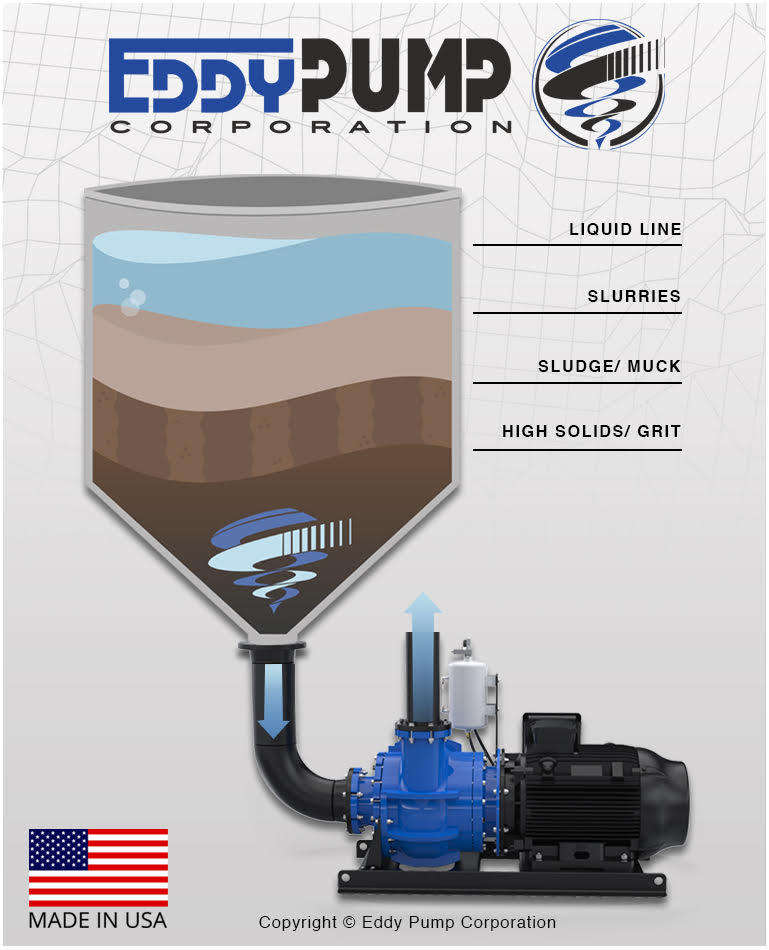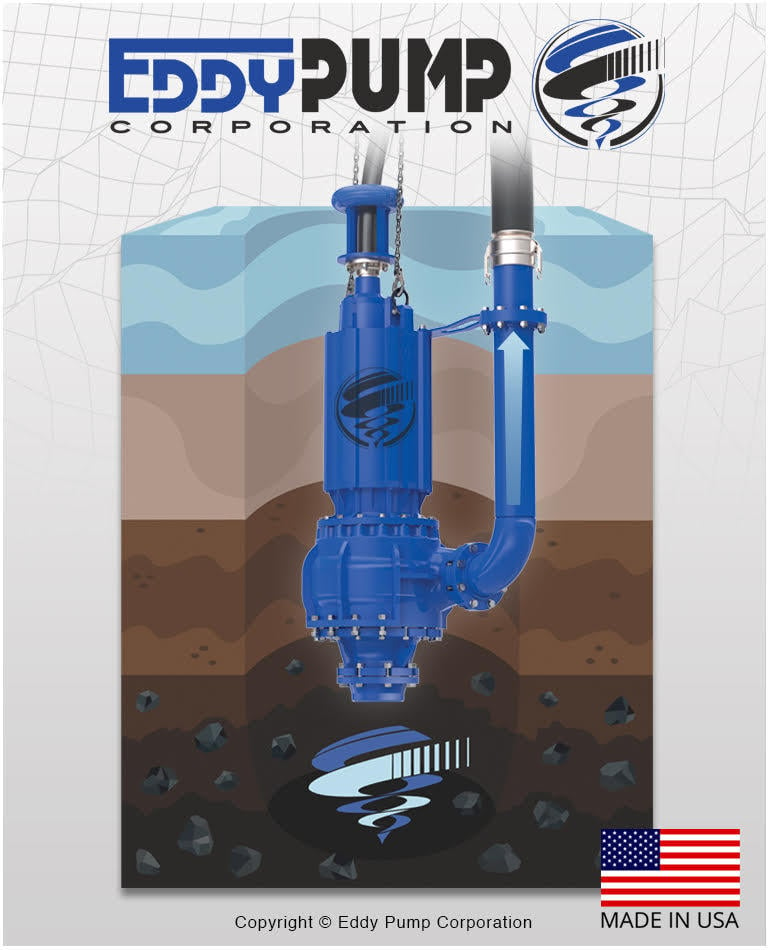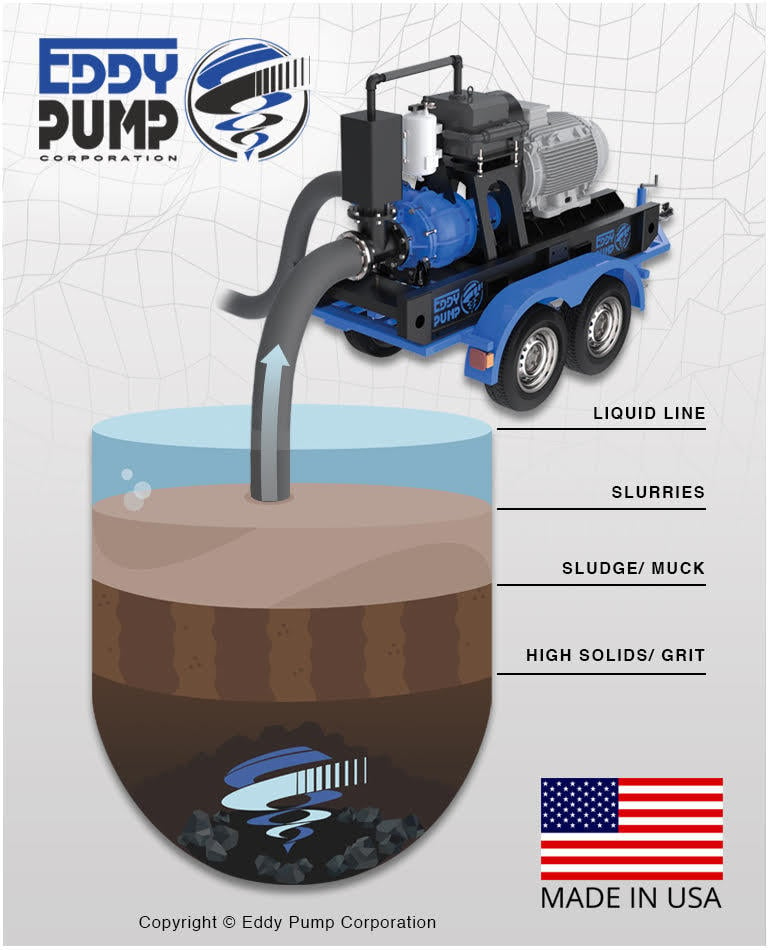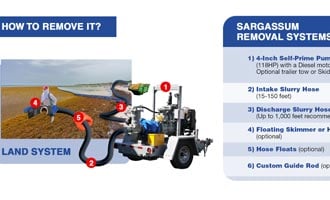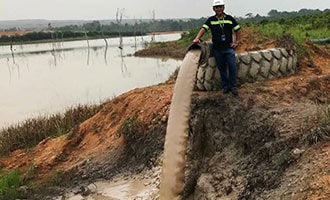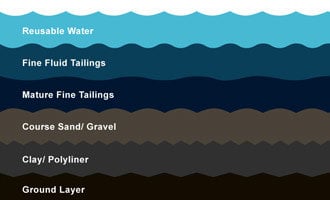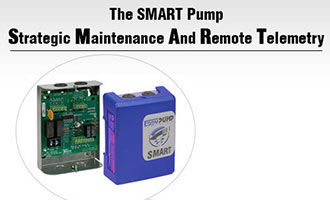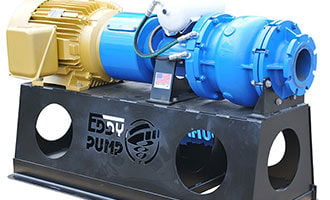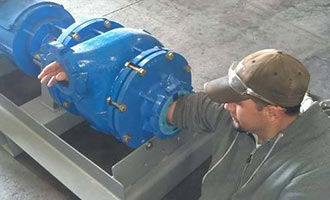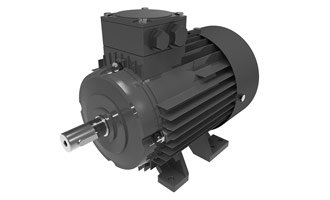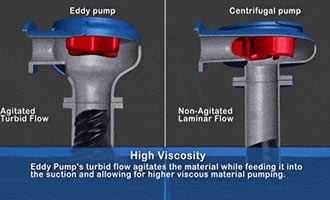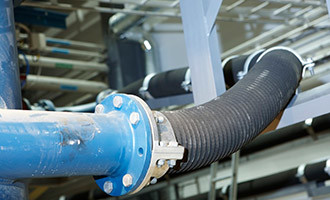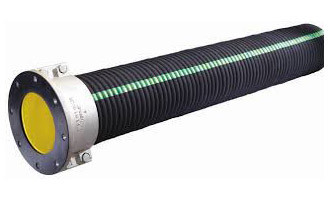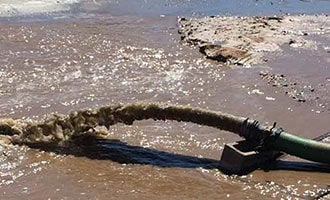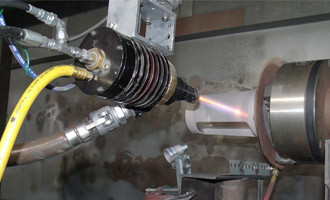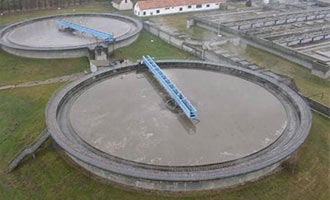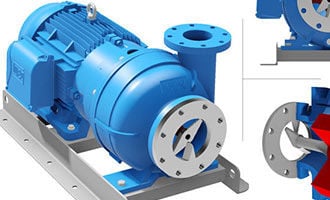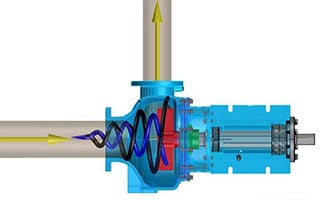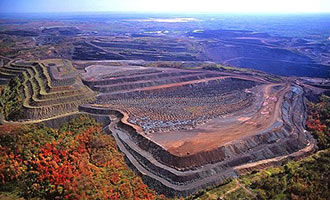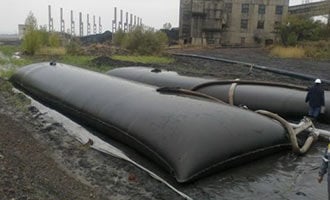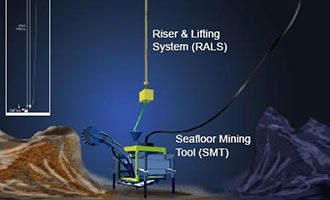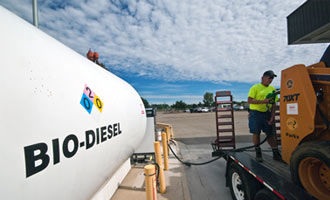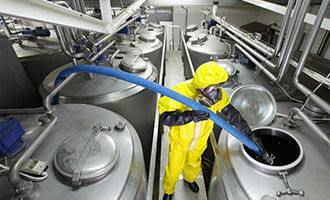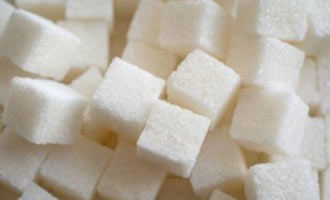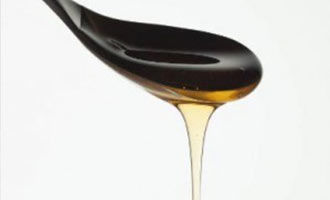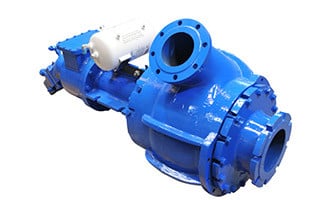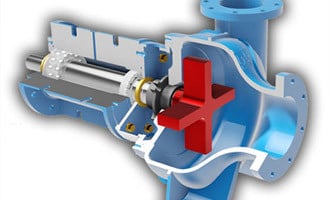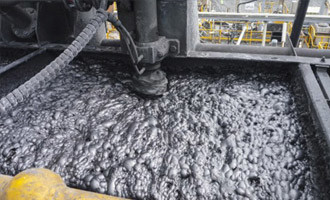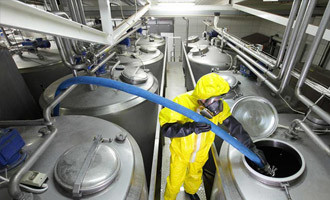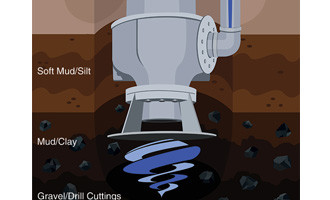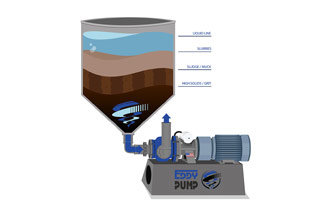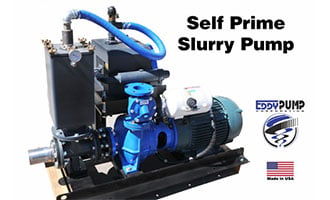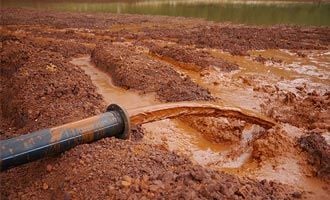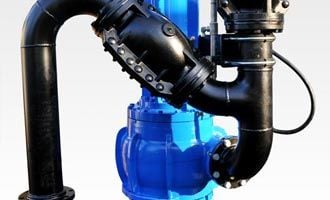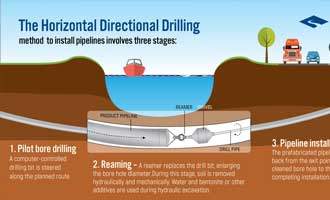Choosing the Right Pump Setup For Your Application
Learn about flooded suction, submersible, and self-priming pumps and how to choose the correct pump for your project. Questions? Contact Our Sales Team.Download PDFThere are three main pump types that cover most, if not all pump and dredging applications EDDY Pump does. Understand each type and we can help to choose the best fit for your application. Note, sometimes one or more type can work for the same application.
The 3 Most Common EDDY Pump Setups Are:
Flooded Suction EDDY Pumps
When your pumping application involves the target slurry or liquid in a tank, hopper, etc that is positioned above your pump, this usually signifies a flooded suction application. What this means is that the liquid or slurry is positioned in a way where it can gravity feed into the suction of the pump. This then automatically primes the pump and allows it to move the slurry or liquid. Some common applications for this setup are process pump applications that are often found inside of plants and facilities.
These setups usually involve an electrically driven pump with a variable frequency drive (VFD) or a soft-start. A VFD makes sure that the pump startup is monitored correctly and can also monitor the speed or rpm of the pump in order to control the flow and pressure of the pump. A less common power source for a flooded suction pump is a direct drive diesel driven pump. This can be found in outside hopper pump applications for sand and gravel pumping, mining, drilling mud pumping, etc.
It is important to make sure that the material is not so thick or viscous that even though it is above the pump it fails to gravity feed into the pump. In a case like this, it is important to incorporate a vacuum pump in order to create enough of a vacuum to help feed the liquid or slurry into the pump. Please refer to the self-priming application below for more detailed information.
Submersible EDDY Pumps
Submersible pump setups mean that the pump is submerged in the liquid or slurry that is being pumped. Since submersible pumps are completely submerged in liquid, they do not need to be primed, which can be an advantage over pumps which are positioned outside of the liquid. Being submerged inside the source material also provides max efficiency and pumping distances when compared to a self-priming unit.
Excavator attachments, cable-hung deployments, diver units and other dredging applications typically fall under submersible pumps. Electric and hydraulic power options exist.
Some common applications for this type of pump setup are dredging, sump pumping, bilge pumping, and other similar applications. Submersible pumps can be powered electrically or hydraulically. There are pros and cons for both of these submersible pump power choices. In dredging applications, the submersible pump can be deployed in various ways to meet the goals of the project. Some common submersible pump deployments for dredging are as follows:
Self-Priming EDDY Pumps
Non-submersible, land or barge-based pumps, ideal for portable situations, functioning like an extreme shop-vac. A self-priming pump is different from a standard centrifugal or EDDY pump in that it has the ability to remove air from the volute and suction hose. A vacuum-assisted priming unit built into the pump automatically primes the pump by drawing slurry (fluid) into the pump to prime it. This process repeats if air is introduced into the pump or suction line, ensuring the pump continues sucking target material.
All pumps need to have a flooded case, aka the volute, for pumping to take place. Self-priming units ensure the pump is primed when the unit loses suction.
If the pump loses prime, aka suction, the self-priming unit turns on, sucking material back into the pump, then allowing the main pump to take over again. In effect, the “self-priming” capability of the pump comes from the pump’s ability to rid itself of air and retain slurry material after the initial prime.
Since the pump is self-priming, this means the pump can be mounted above and outside of the material being pumped. This type of pump setup allows for greater mobility and use for multiple applications. Sump cleanout and dewatering projects are popular since the pump is mounted apart from the material, maintenance and repairs are much easier as the pump components are not submerged or otherwise hard to reach. Self-priming pumps can be trailer, barge or skid mounted for greater flexibility depending on your needs.
Get Pump Selection Help From Our Experts
Our sales and engineering teams can help in your pump or dredging equipment selection.
Call: (619) 258-7020
EDDY Pump Selection Information
Related Products
HD (Heavy Duty) Slurry Pumps
Why EDDY Pumps Are Better – Highlights
This video shows how EDDY Pump transports high slurry and abrasive materials.
Why EDDY Pumps Are Better - Highlights
This video shows how EDDY Pump transports high slurry and abrasive materials. Featured dredge pump equipment includes the Remote Operated Subdredge, Diver Operated Pump and a Excavator Attachment Dredge Pump.




